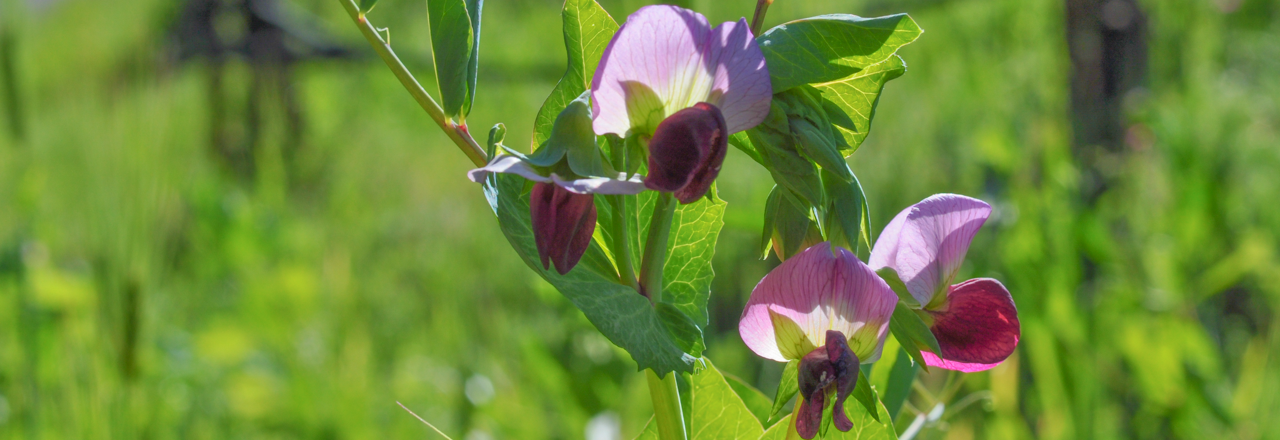
Winemaking
Our Process
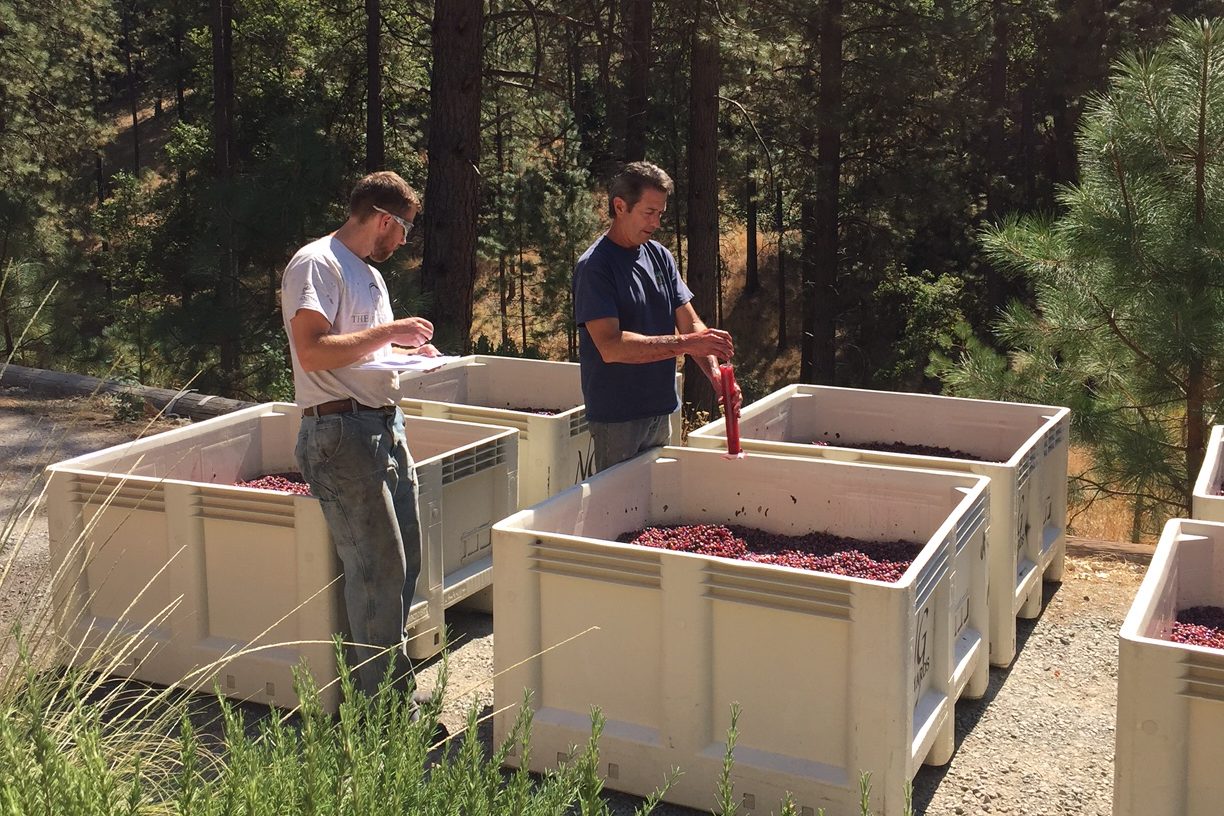 At Narrow Gate Vineyards, winemaking is integrally connected to winegrowing. It’s no wonder winemaker Frank Hildebrand is also the viticulturist and believes the best way for his biodynamic farm to positively express itself is to take a minimalistic approach to the winemaking, resulting in wines with true varietal character, flavor expression and individual style unique to each wine.
At Narrow Gate Vineyards, winemaking is integrally connected to winegrowing. It’s no wonder winemaker Frank Hildebrand is also the viticulturist and believes the best way for his biodynamic farm to positively express itself is to take a minimalistic approach to the winemaking, resulting in wines with true varietal character, flavor expression and individual style unique to each wine.Depending on the vintage year and the weather’s influence on the ripening process he’ll choose to pick specific sections within the vineyard blocks in up to two or, sometimes, three stages. This allows him to manage the grape’s sugars and acids in such a way that very little, if any, adjustments are necessary prior to fermentation.
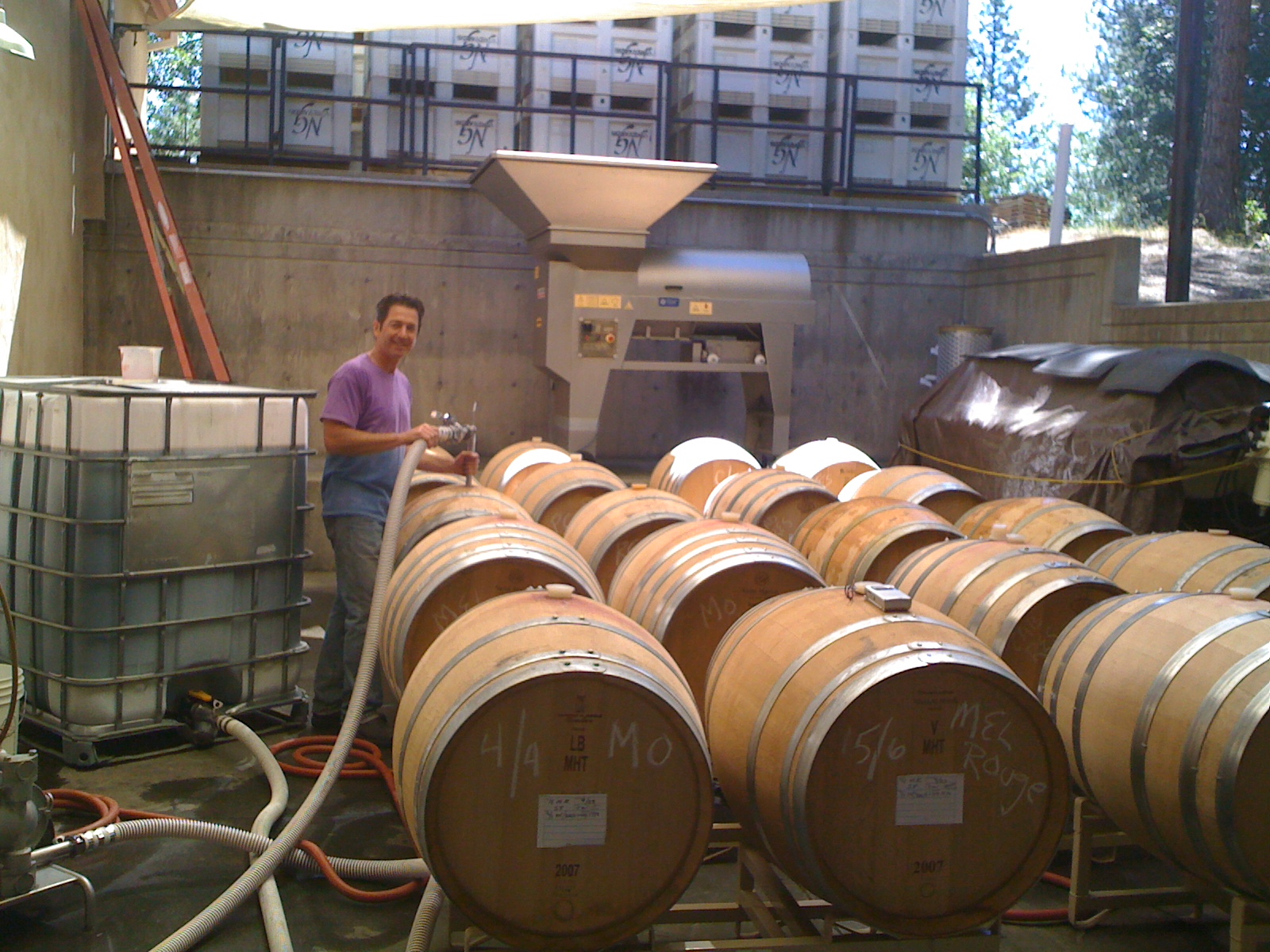
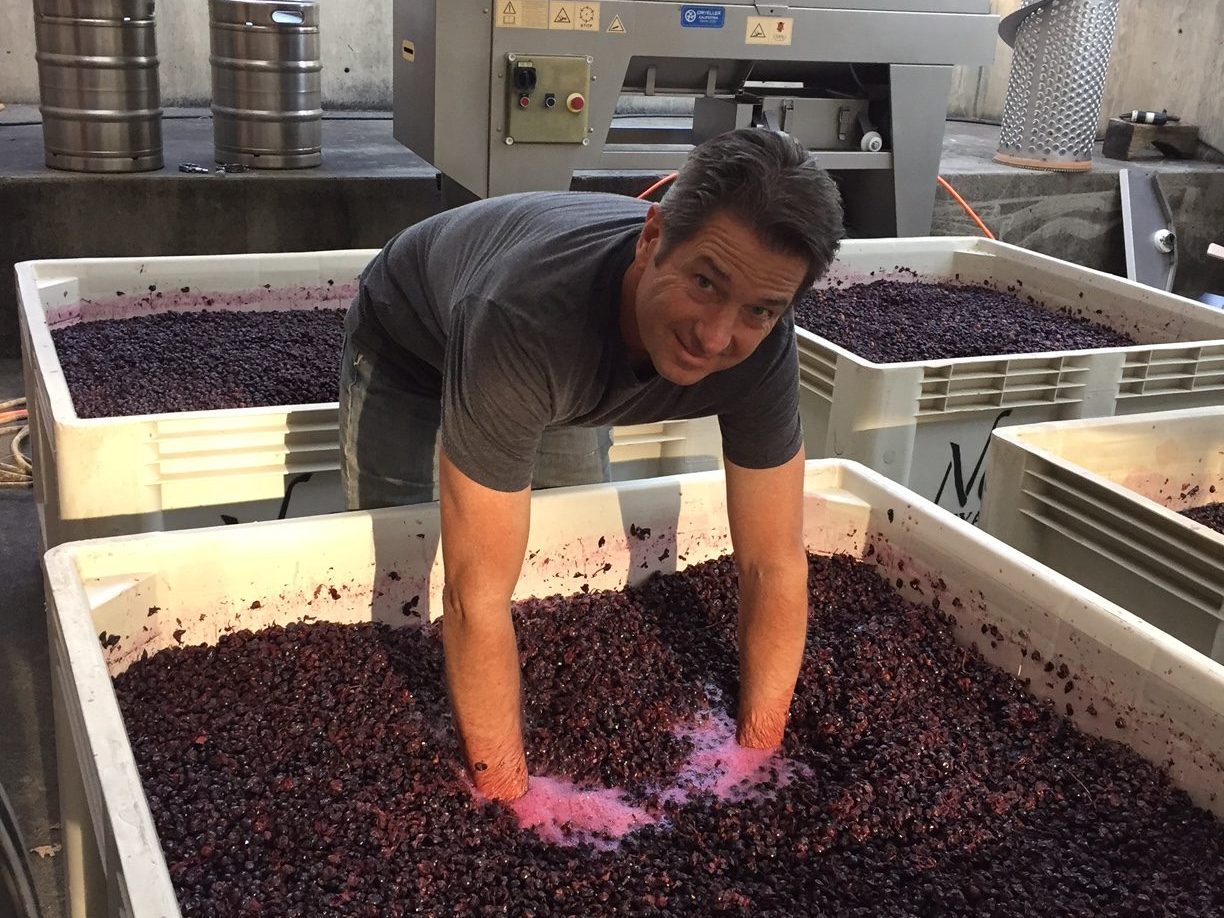
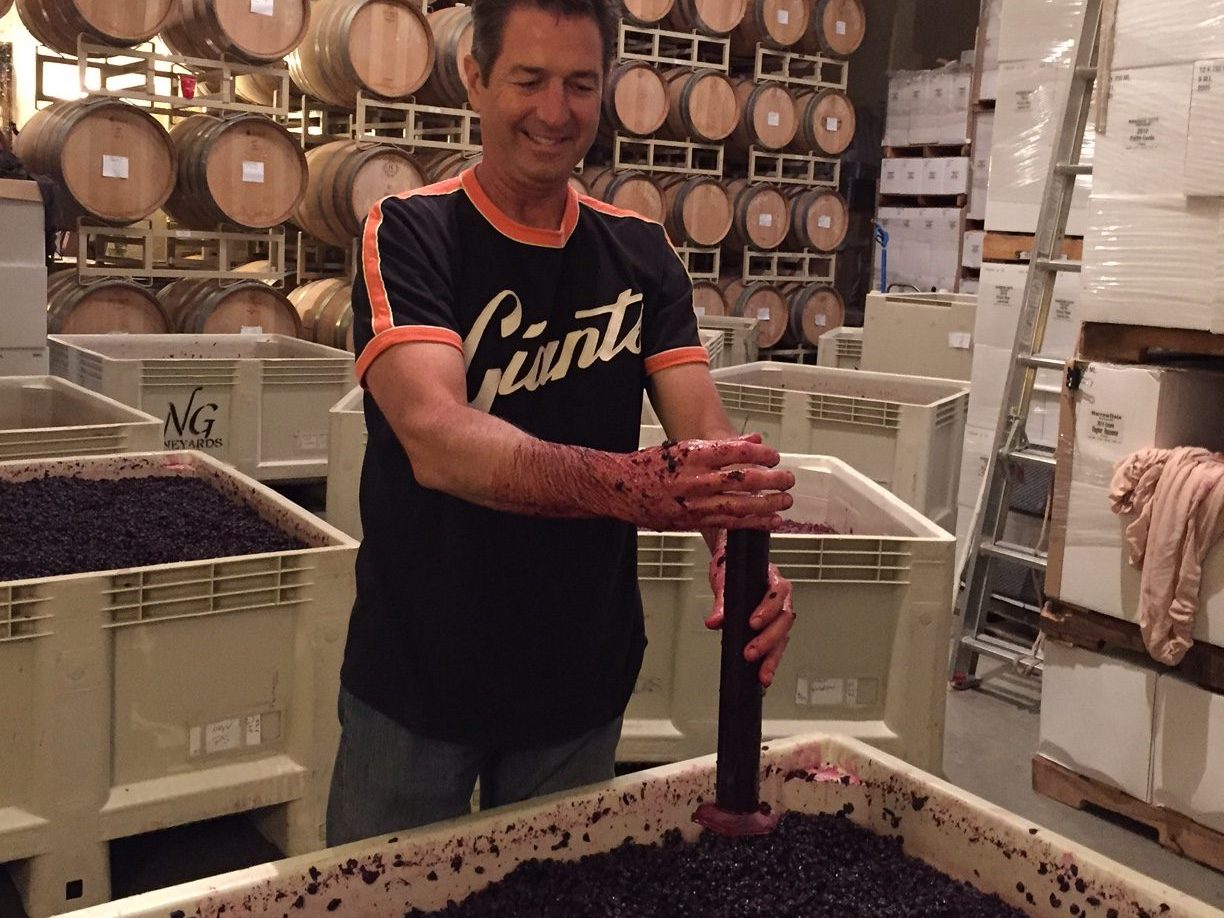
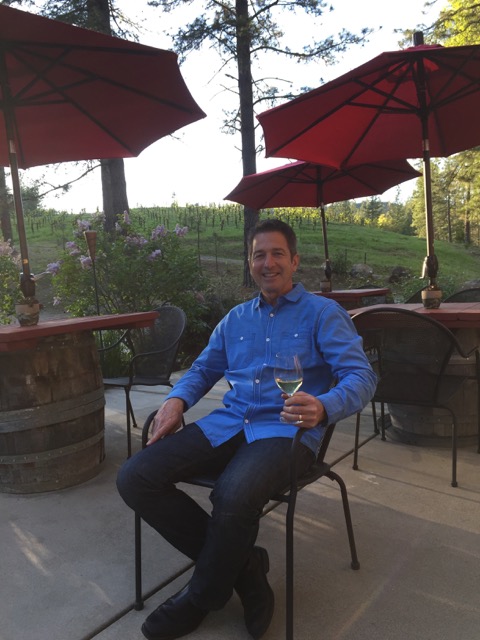 Once the grapes arrive to the winery he de-stems the reds with little to no crushing while employing whole cluster pressing on the whites. Leaving the red berries whole enables whole-berry fermentation – the process of fermentation that begins inside the grape. This process, where the influence of bitter skin and seed tannins are minimized, results in wines that are softer, with a more delicate extraction of flavors and fruiter notes, while still preserving the wine’s overall structure.
Once the grapes arrive to the winery he de-stems the reds with little to no crushing while employing whole cluster pressing on the whites. Leaving the red berries whole enables whole-berry fermentation – the process of fermentation that begins inside the grape. This process, where the influence of bitter skin and seed tannins are minimized, results in wines that are softer, with a more delicate extraction of flavors and fruiter notes, while still preserving the wine’s overall structure.When appropriate, Hildebrand will utilize native yeast. He bases this decision, to ferment on indigenous (native) yeast versus commercial yeast, on several factors, chief among them are temperature, nutrient levels and PH as he doesn’t have warming or chilling equipment to adjust temperature once fermentation begins. All red grapes are fermented in half-ton bins with two hand-punch downs daily. During fermentation each bin is protected by a fabric cover to shield the fermenting must from fruit flies and any other surprise intruders.
White wines are gently moved from press to barrel for fermentation and allowed to age “sur lie” in barrel – post fermentation, with monthly topping – for five to six months until bottling. Red wines finish fermentation in French or American oak barrels where, depending on the wine, the barrels are racked three times during their eleven to eighteen months cellar time before bottling. White wines are released six months to two years after vintage date and red wines continue to age in the cellar, up to two to four years, in some cases, before release.
All Narrow Gate wine styles reflect Frank’s and his wife Teena’s love of Rhone varietals and classic French blends. They make what they love to drink. Originally focused on classic Rhone red and white varietals: Grenache, Syrah, Mourvèdre, Petite Sirah, Viognier, Roussanne and Vermentino, their flagship Chateauneuf du Pape style blend, Dunamis, and Cote Rotie style co-ferment, Syrah Viognier, are great examples of their commitment to emulate the grand blends found in France’s Rhone Valley.
However they were smart and took the advice of a wine industry friend who insisted they not forsake classics that “the world loves to drink”: Chardonnay, Cabernet Sauvignon, Cabernet Franc, Primitivo and Zinfandel, the celebrated varietal of the Sierra Foothills, as well as Portuguese varietal dessert ports.
